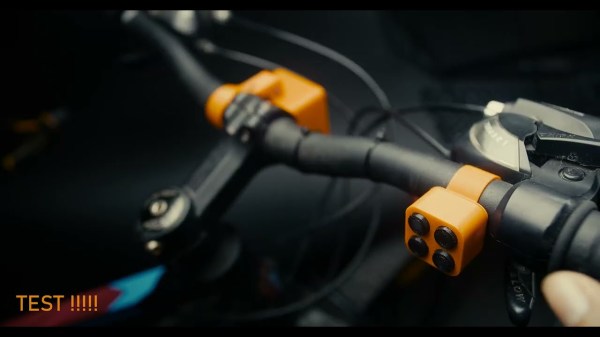Reliable Robotics has been working on Unmanned Aircraft Systems (UAS) since its founding in 2017, with a number of demonstrations for the FAA so far as it works towards getting the technology licensed. Most recently, it flew an unmanned Cessna 208B Grand Caravan with a pilot in a ground-based control center. This comes a few years after the company flew a Cessna Skyhawk 172 in a similar manner, demonstrating the functionality of its systems in a fairly small airplane.
Because the pilot is not in the cockpit, the aircraft needs to be equipped with not only the remote controls and camera systems, but also with automation to handle taxiing, take-off, and landings, which is demonstrated in the in-cockpit video provided by Reliable Robotics (also embedded below). Another large part of the automation is dealing with loss of remote control signal (LC2L). Initially this system will be offered only as a retrofit kit for the 9-13 seater, single-prop Cessna 208B, but Reliable Robotics claims that the system is aircraft-agnostic.
Reliable Robotics is focused on remotely piloted cargo flights, as it would save pilots from the stress of constantly traveling and hectic schedules. In addition, the potential loss of a cargo plane would be far less dramatic than an aircraft carrying passengers. That doesn’t mean passenger airplanes won’t eventually use a remote control system like this, but the certification process for something on the order of even a twin turbo-prop Dash 8 passenger plane is likely to be much more involved.
Continue reading “Cessna 208B Grand Caravan Flies Under Remote Control”



















